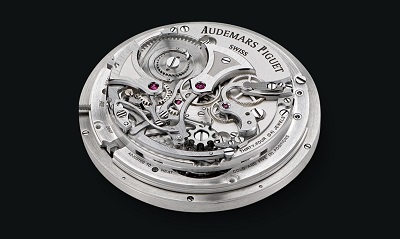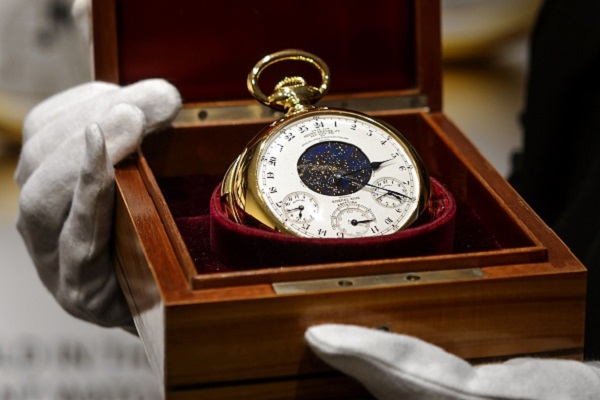connect with the hour glass
News • 07 Jan 2016
Horology 101: 3 Horological Terms You Must Know

Are you intending to purchase your first fine timepiece? If you are new to the world of horology – the art and science of measuring time and the manufacturing of timepieces, there are many terms that may become somewhat confusing. These terms frequently appear in watch editorials and articles, and are some of the more commonly used jargons in discussions relating to horology. As these terms are also used in daily conversations, let us understand what they mean in their horological context. This may help you in your purchase or conversations with fellow pals or watch aficionados. Here are 3 commonly used horological terms you must know.
Complication
We frequently hear this term popping up in almost every conversation that relates to fine mechanical watches, especially those that are highly valued and prized. Any feature of a timepiece that extends beyond the simple display of hours and minutes is referred to as a complication. In today’s mechanical watches, common complications include day/date displays, alarms, chronographs, automatic winding mechanisms and calendars.

Every additional complication increases the difficulty and complexity of designing, engineering and assembling the watch. A mechanical watch with an added complication of a date-display may require up to two hundred parts, while more complex ones with calendars and chronographs may require at least a thousand. Sometimes, the termGrandes Complications or Grand Complications are used to refer to watches with several complications.

There are some watches that are ultra-complicated. As the term implies, they have numerous complications all cramped into a single timepiece. Since the 16th century, from the beginning of the mechanical clocks to the advent of the pocket watch, watchmakers have been all too ambitious and obsessed in creating the most complicated timepiece, resulting in many beautiful timepieces with out of this world complications. One such complication is the astronomical indicator, which tracks the movement of the constellations in the sky. Because of its complexity, these watches are produced in limited numbers. Patek Philippe is one such watchmaker who has been known for making such ultra-complicated watches.
Movement
A movement refers to the mechanism that runs the clock or watch. It is the heart of the watch, much like an engine of an automobile. The primary function of the watch relies on it. This term originated with mechanical timepieces, as the clockwork movements are made of many parts moving constantly in harmony.

Watch movements are build in various shapes to fit different case styles, such as round, tonneau, rectangular, rectangular with cut corners, oval and baguette, and are measured in lignes or in millimetres.

In watch movements, the wheels and other moving parts are mounted between two plates, which are held by pillars to make a rigid framework for the movement. The core of the movement lies in between these plates. The front plate, which is just behind the face of the watch, usually takes the shape of the watch design. The back plate however has various shapes and thus distinguishes them. There are full-plates, three-quarter plates and bridge plate movements. Mechanical watch movements are more commonly classified into manual or automatic movements:
Manual or hand winding

In a watch with a manual winding movement, the wearer must turn the crown periodically in order to wind the mainspring, storing energy to run the watch until the next winding. The manual winding design architecture helps to reduce the thickness of the movement itself and allows for more space, therefore more complications.
Automatic or self-winding

In a watch with an automatic self-winding mechanism, the mainspring is automatically wound by the natural motions of the wearer’s wrist while it is being worn, eliminating the need for manual winding.
Caliber/Calibre

This is another jargon that is commonly confused with the word’s other definition, of it being a gun’s barrel size. A watch does not have any parts related to a barrel. The caliber/calibre of a watch actually refers to its movement design, specifically the collective name given by a watchmaker to identify a series of movements manufactured. Watchmakers use Caliber/Calibre numbers or names to differentiate the types of unique movements build for different models of watches. The term was originally used to refer to the size of the movement but has since evolved to relate to a specific movement manufacture. To differentiate simply, the calibre of a watch is like a specific make and model of an automobile engine, whereas a movement is the type of automobile engine.
Interested to find out more about horological terms or view some of the above timepieces? Please feel free to visit any of The Hour Glass retail boutiques today.



